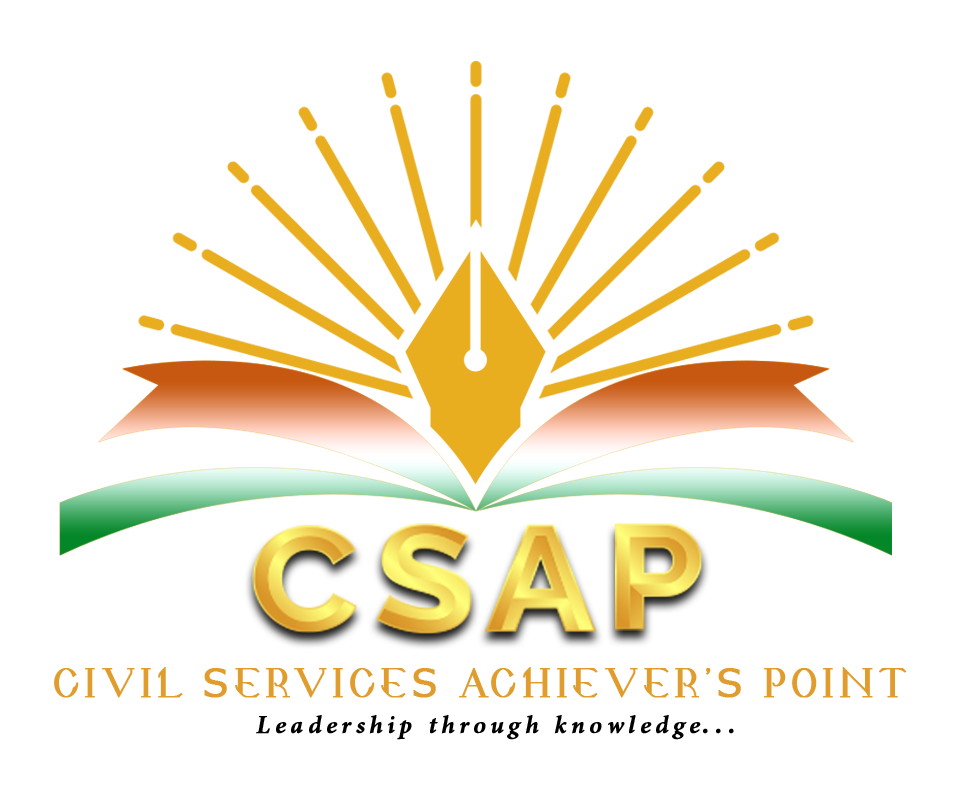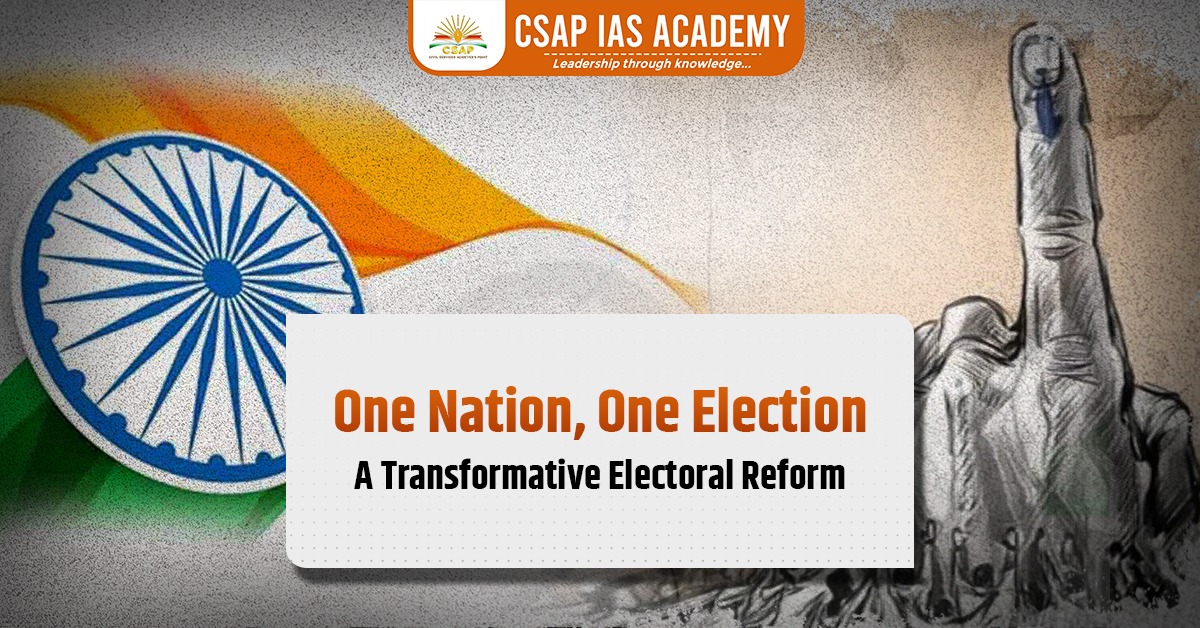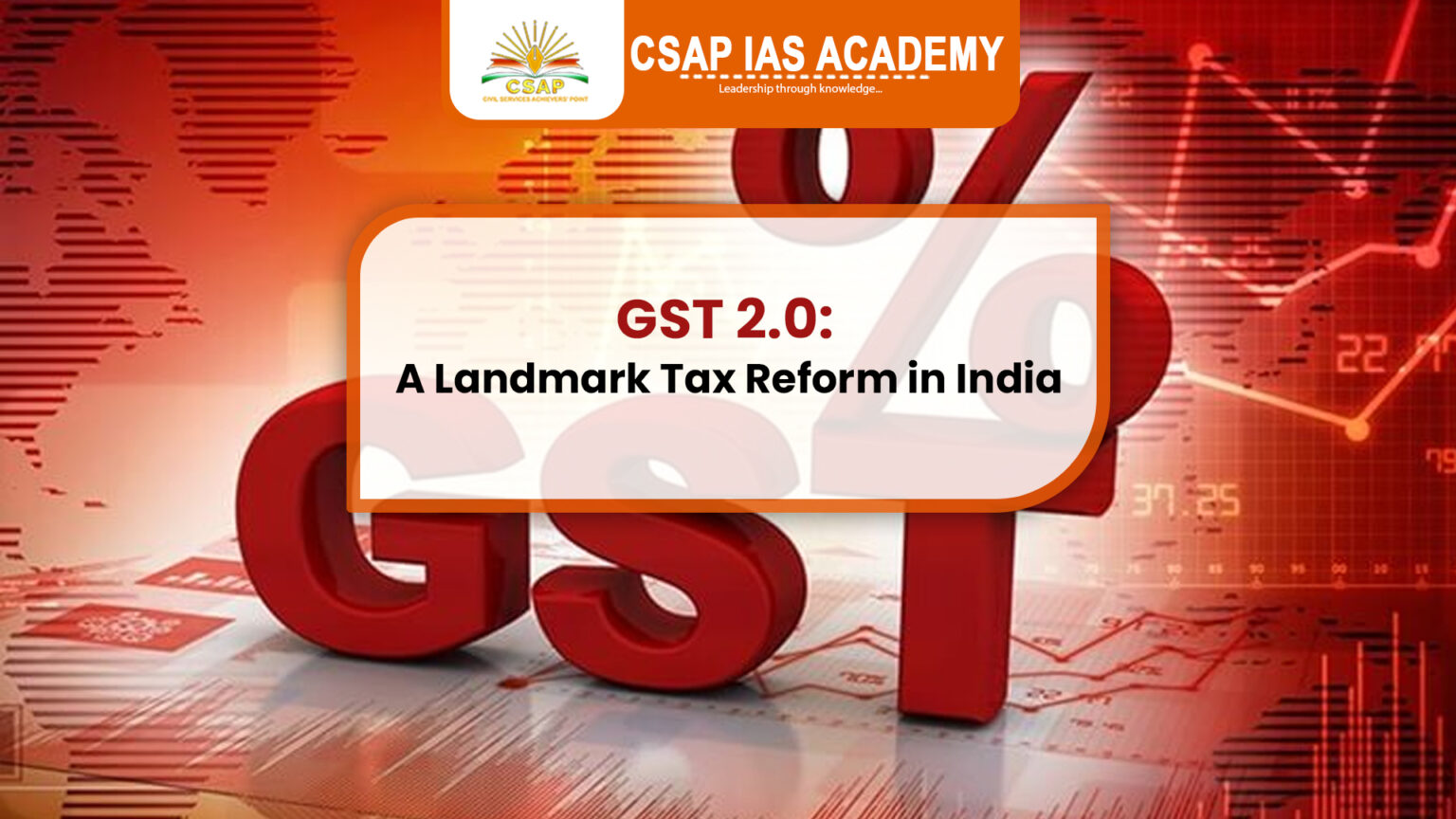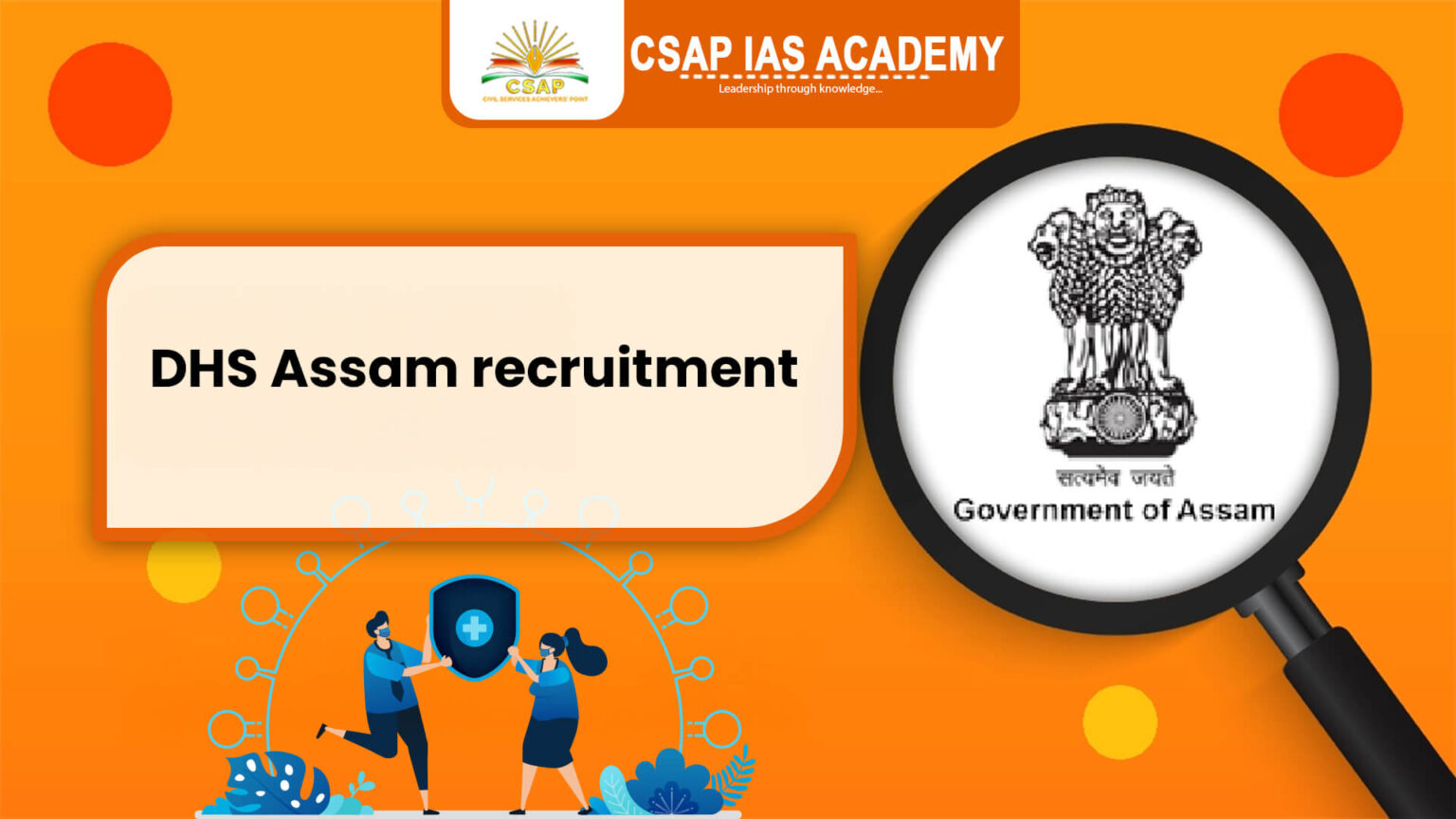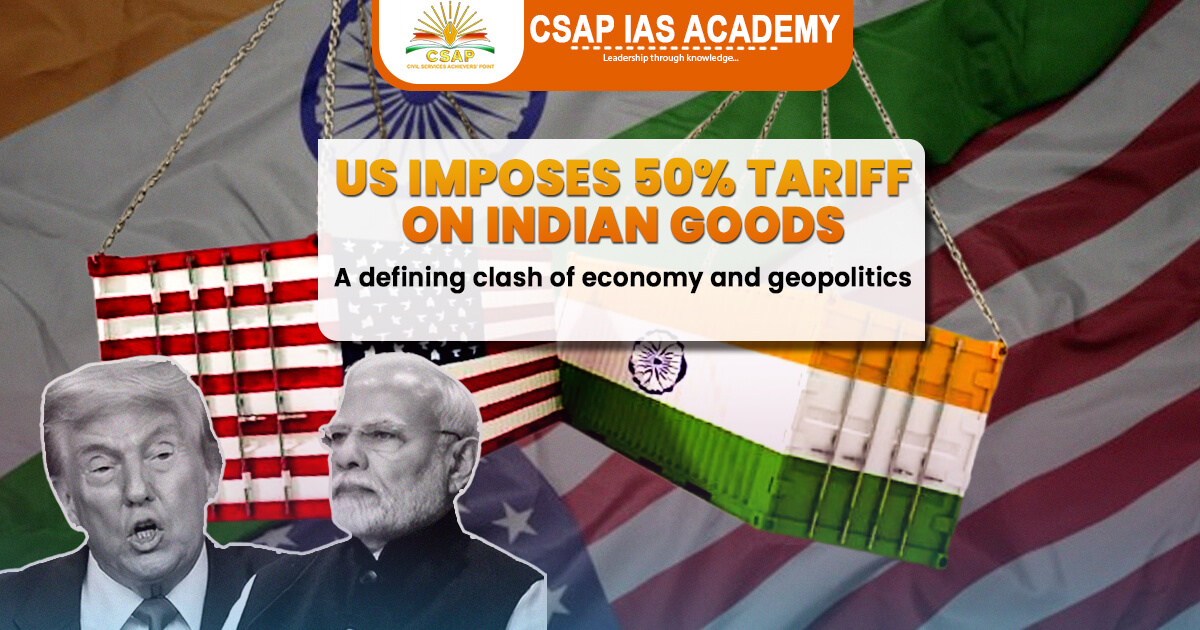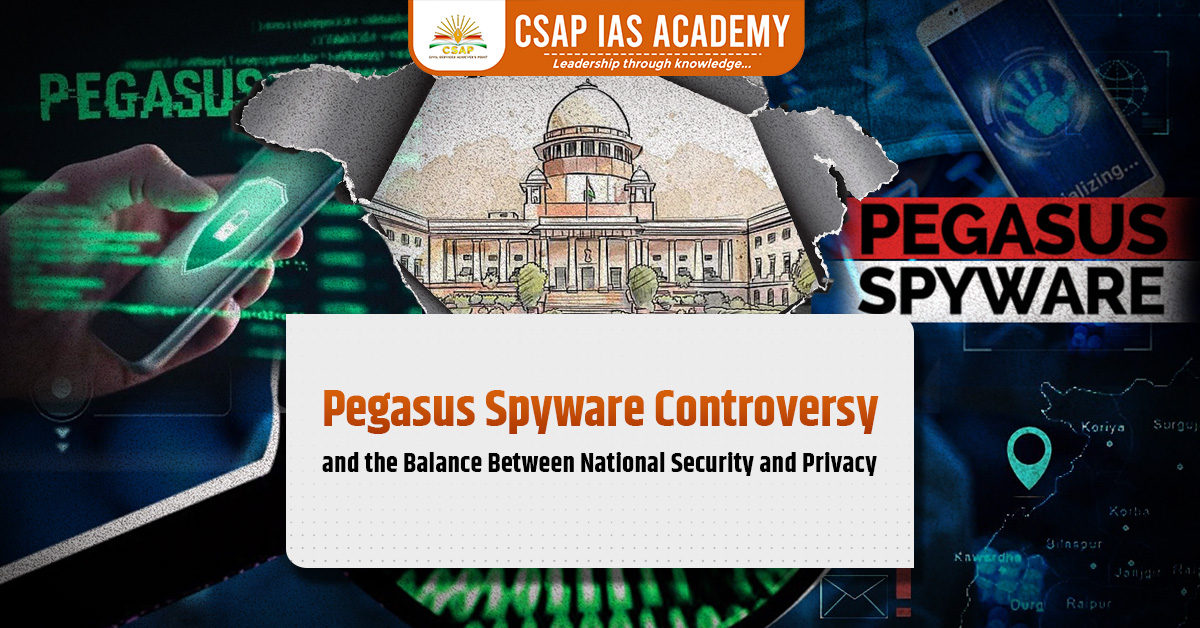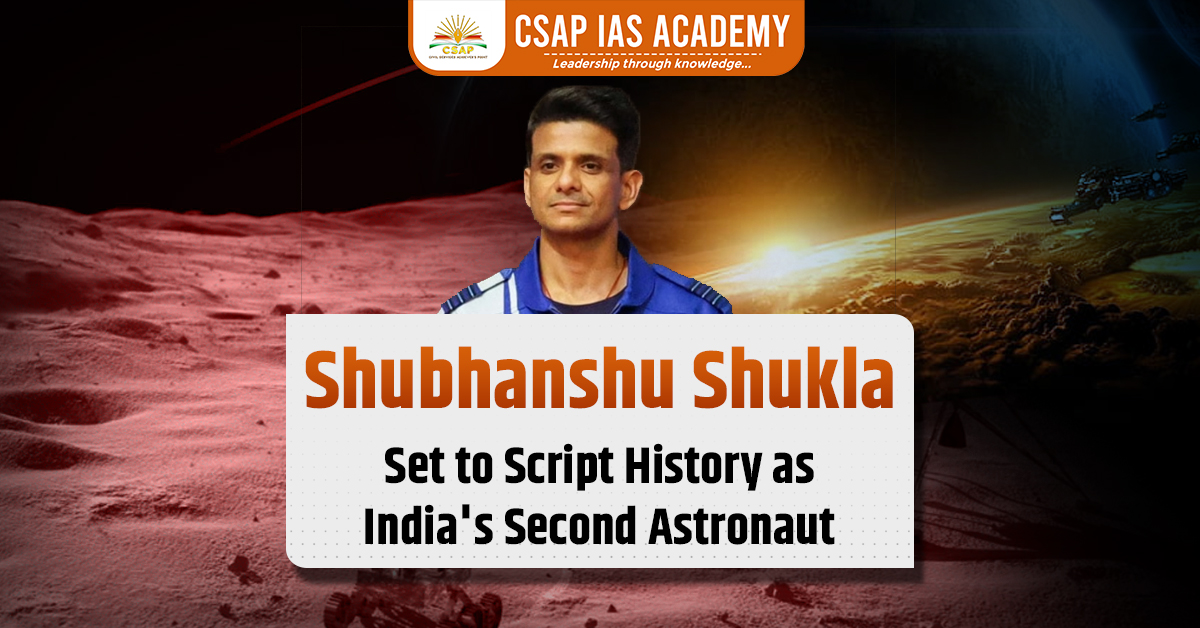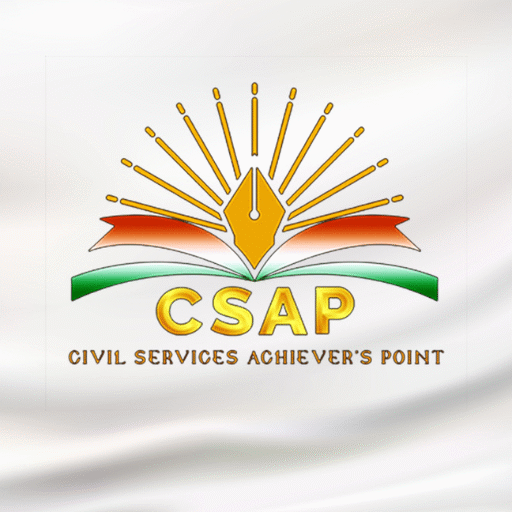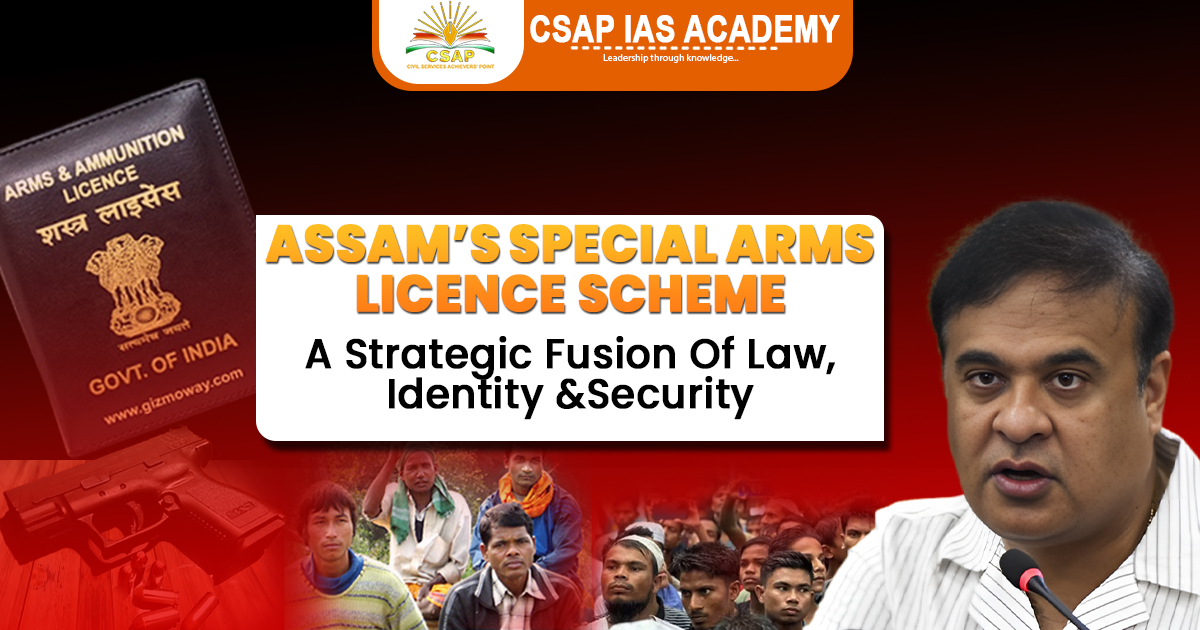In this blog, we will delve into the concept of “One Nation, One Election“, examining the need for electoral reform, the challenges in implementing a synchronized election system, and the key recommendations from High-Level Committees. We will also explore the way forward for implementing this ambitious proposal, providing insights into its potential impact on India’s democratic landscape.
Why is One Nation, One Election in the News?
The “One Nation, One Election” initiative, recently emphasized by President Droupadi Murmu during her address on the eve of India’s 76th Republic Day, aims to synchronize election schedules across the country. This reform seeks to enhance governance efficiency by reducing disruptions caused by frequent elections.
Introduction
Simultaneous elections refer to conducting elections for the Lok Sabha, State Legislative Assemblies, and local bodies (Municipalities and Panchayats) at the same time. This does not mean voting occurs on a single day but rather follows a synchronized schedule.
India previously held simultaneous elections in 1951-52, 1957, 1962, and 1967. However, this cycle was disrupted in 1968-69 due to premature dissolution of state assemblies and in 1970 with the dissolution of the Lok Sabha.

Need for Simultaneous Elections
Governance and Development
- Prevents delays in developmental projects and economic decisions caused by frequent enforcement of the Model Code of Conduct (MCC).
Economic Benefits
- Reduces financial expenditure on frequent elections.
- Minimizes disruptions in supply chains and production cycles.
Efficient Resource Utilization
- Frees security forces and electoral staff (e.g., teachers) for their primary duties.
Judicial Efficiency
- Fewer elections lead to fewer election-related disputes, easing the burden on courts.
Reduction in Identity Politics
- Curb excessive caste, class, and religious divisions fueled by frequent elections.
- Increased Voter Participation
- Reduces voter fatigue and ensures higher voter turnout.
Challenges of Simultaneous Elections
Constitutional and Legal Amendments
Requires changes to Articles 83, 85, 172, 174, and 356 of the Constitution.
Federal Concerns
Synchronization of elections may infringe on the autonomy of states.
Logistical Issues
Managing Electronic Voting Machines (EVMs) and security personnel for nationwide elections is a challenge.
Political Consensus

- Achieving agreement among political parties and states is difficult due to diverse political interests.
Committees That Recommended Simultaneous Elections
- 170th Report of Law Commission of India (1999)
- National Commission to Review the Working of the Constitution (2002)
- Parliamentary Standing Committee Report (2015)
- Working Paper of NITI Aayog (2017)
Key Recommendations of the High-Level Committee (HLC) on Simultaneous Elections
- Implementation Timeline
- Simultaneous Elections by 2029: Amendments to the Constitution and other statutes to enable Lok Sabha, State Assembly, and local body elections to be held together by 2029.
- Constitutional Amendments (Two-Step Process)
Step 1: Synchronize Lok Sabha and State Assembly Elections
- A one-time adjustment aligning the terms of all state assemblies with the Lok Sabha.
- Amend Articles 83 and 172 of the Constitution.
- No ratification by states required.
Step 2: Synchronize Local Body Elections
- Municipalities and Panchayat elections to be conducted within 100 days of Lok Sabha and Assembly polls.
- Requires ratification by at least half of the states.
- Insertion of Article 324A
- Parliament to enact laws ensuring municipal and panchayat elections align with general elections.
- Single Electoral Roll and Election ID
- Amend Article 325 to allow a single electoral roll and voter ID for all government levels.
- The Election Commission of India to prepare these in consultation with State Election Commissions.
- Requires ratification by at least half of the states.
- In Case of a Hung House
- If a no-confidence motion leads to dissolution, fresh elections will be held only for the remaining term of the Lok Sabha or State Assembly.
Way Forward for Simultaneous Elections
- Minimizing Disruptions
- Frequent elections disrupt governance and development due to MCC restrictions.
- A detailed feasibility study is needed to assess practical implementation.
- Building Political Consensus
- Political parties must debate and cooperate on the One Nation, One Election initiative.
- Public Opinion and Democratic Participation
- Public engagement and discussions should guide final decisions.
- Ensuring Democratic Maturity
- As a mature democracy, India can adopt an election model that balances governance and fairness.
Conclusion
The idea of One Nation, One Election has the potential to streamline governance, reduce election costs, and enhance administrative efficiency. However, it also comes with constitutional, logistical, and political challenges that require careful planning and consensus-building. If implemented correctly, it could transform India’s electoral system and governance for the better.
Read: Impeachment of Yoon Suk Yeol
Download App:
